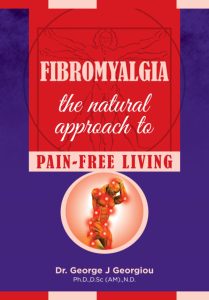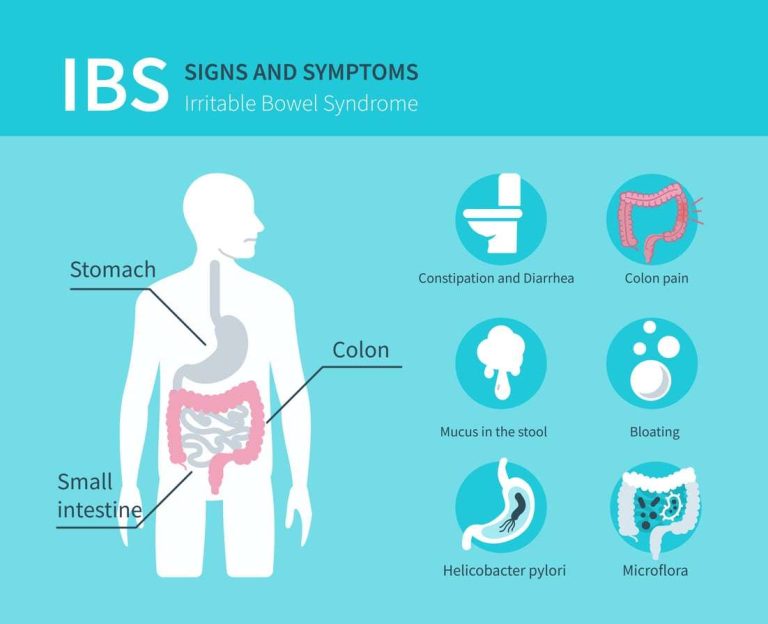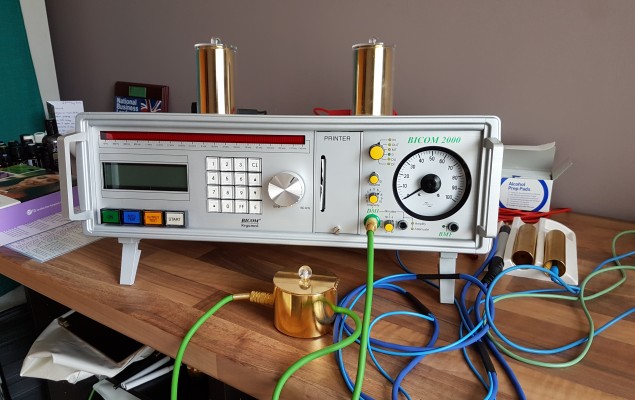Root Canal Coverup
This article was prepared by Dr. Wesley Shankland, Director, TMJ & Facial Pain Center in Columbus, Ohio, USA.
Today, there are many reputable doctors (dentists, physicians, and Ph.D’s) who are concerned about endodontic therapy and possible systemic effects on other organs and tissues in the body. It may even astound most dentists that the organisms which may be present in dead teeth may be impossible to eradicate no matter how well the root canal procedure is performed!
These organisms are not actually in the canal portion of the tooth, but in the tiny microscopic tubules which comprise the dentin (the material below the enamel which is more organic than enamel) of the tooth. Herein lies the scientific question: does it matter that these organisms remain viable even after endodontic therapy? Researchers on both sides of this heated issue agree that these organisms do stay alive after root canal procedures, but they can’t agree whether this is important or not.
DR. WESTON PRICE’S RESEARCH
Dr. Weston Price, the noted and honored dental researcher of the early part of this century, headed a team of America’s finest scientific researchers, numbering 60 doctors. Their research was conducted under the auspices of the American Dental Association (ADA). From their 25 years of study, this research team published 25 scientific papers dealing with the effects of dead or endodontically treated teeth producing other diseases and disorders in remote areas of the body. The research was not only accepted by the scientific community, but served to form an important concept in medicine which is even taught today: the focal theory of infection. Anyone who has a prosthetic joint replacement or a mitral value prolapse will immediately understand this concept, as they cannot undergo any dental procedure without first being treated with certain antibiotics to stop the spread of bacteria from the mouth to remote areas of the body which may produce a fatal infection.
Since the advent of antibiotics, dentists and physicians have been taught that the focal theory of infection is erroneous and has no scientific basis. Further, they are taught that there is no modern evidence that endodontically treated teeth are the source of focal infections. However, again, recall that patients with joint replacements and certain heart conditions must take antibiotics before and after any dental procedures. Why? Because the bacteria which live in the mouth enter the blood stream because of the dental procedures and travel to the heart and joints, thus possibility causing severe and often fatal diseases. Now, think about what you’ve just read: how can any dentist or physician claim that the focal theory of infection has no scientific validity when dentists are required to premedicate their patients to avoid producing a distant or focal infection?
NICO (Neuralgia Inducing Cavitational Osteonecrosis)
As recent as 1979, a newly described pain disorder was reported. This disorder, which came to be known as osteocavitational lesions (Ratner’s bone cavities), produced pain similar to trigeminal neuralgia, both the typical and atypical types. In fact, usually these patients were diagnosed with trigeminal neuralgia.
The diagnosis is complicated by the fact that the x-ray examination of the bone is usually normal. Also, NICO produces referred pain patterns which also serve to confuse both patient and doctor. However, just like trigeminal neuralgia, there are trigger areas that, when pressed, produce pain. These trigger areas develop directly over the areas of dead bone. The mandible is affected more often than the upper jaw.
One important aspect of NICO is a history of tooth extraction usually years earlier. Any tooth may be involved. However, lower back teeth seem to be most common. Small areas of bone actually die, producing neuralgia-like pain symptoms. It appears that after a tooth extraction, NICO may develop due to injury of the blood vessels in the area which ultimately results in poor circulation, resulting in bone death in some cases. Pathologically, this is termed osteomyelitis. This bone infection, which can result in bone death, has been known for years. Yet, in the form of NICO, it is a newly described problem.
POSITION OF THE AMERICAN DENTAL ASSOCIATION
1. Root canal fillings are safe.
2. The Focal Theory of Infection does not apply as related to endodontically treated teeth.
3. As early as 1938, Cecil and Angevine reported in the Annals of Internal Medicine that endodontically treated teeth did not produce systemic illnesses.
4. Microbes do remain in the dentinal tubules of endodontically treated teeth, but pose no health hazard.
5. Endodontically treated teeth do not contribute to the formation of NICO (jaw bone cavitations).
6. References:
American Association of Endodontists (http://www.aae.org).
American Dental Association (http://www.ada.org).
Easlick K: An evaluation of the effect of dental foci of infection on health. JADA1984;42:615-686, 694-697.
Grossman L: Pulpless teeth and focal infection. J Endodon 1982;8:818-824.
Grossman L: Focal infection: are oral foci of infection related to systemic disease? Dent Clin N Amer 1960;749-763.
Goldman M, Pearson A: A preliminary investigation of the “hollow-tube theory” in endodontics. J Oral Therapeutics and Pharm 1965;1:618-626.
POSITION OF ANTI-ROOT CANAL ADVOCATES
1. Root canal fillings may not be safe.
2. Focal infections as a result of bacteria still in teeth treated with root canals may be the cause of many systemic diseases.
3. Dr. Weston Price, along with 60 of the Nation’s leading scientists, while working for the ADA, were convinced that endodontically treated teeth DID produce such systemic diseases as kidney and heart diseases, arthritis, pregnancy complications, endocarditis, and other systemic diseases.
4. Microbes in the dentinal tubules DO pose a health problem.
5. Endodontic therapy may cause NICO (jaw bone cavity) formation, which is often misdiagnosed as trigeminal neuralgia.
6. Further help with resoruces and locating a doctor: Research in Toxicity
7. References:
Meinig GE. Root Canal Cover-Up Ojai: Bion Publishing, 1996 (ISBN 0-945196-19-9).
Neville BW, Damm DD, Allen CM, Bouquot JE. Oral & Maxillofacial Pathology. Philadelphia: WB Saunders Co., 1995:631-632.
Bouquot JE, Christian J: Long-term effects of jawbone curettage on the pain of facial neuralgia. J Oral Maxillofac Surg1995;53:387-397.
Byron MA. A Clinicopathologic Review of 2278 NICO Cases. Masters Thesis; West Virginia University:1994
Shankland WE: Osteocavitation lesions (Ratner bone cavities): frequently misdiagnosed as trigeminal neuralgia–a case report. J Craniomand Pract 1993;11:232-235.
Ratner EJ, Evins ML: Alveolar cavitational osteopathosis in the causation of chronic pain. J Periodontol 1986;57:593-603.
Roberts AM, Person P: Etiology and treatment of idiopathic trigeminal and atypical facial neuralgias. Oral Surg 1979;48:298-308.
Shankland WE: Craniofacial pain syndromes that mimic temporomandibular joint disorders. Ann Acad Med Singapore 1995;24:83-112.
Read other articles on teeth:










